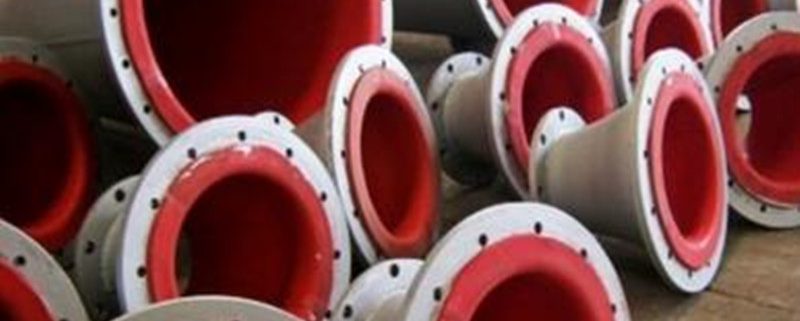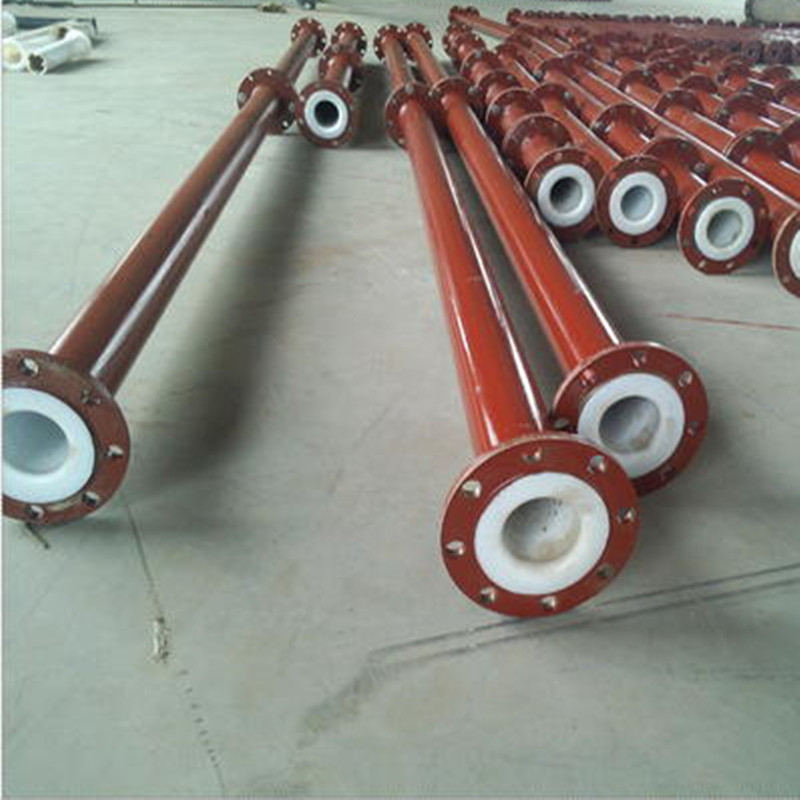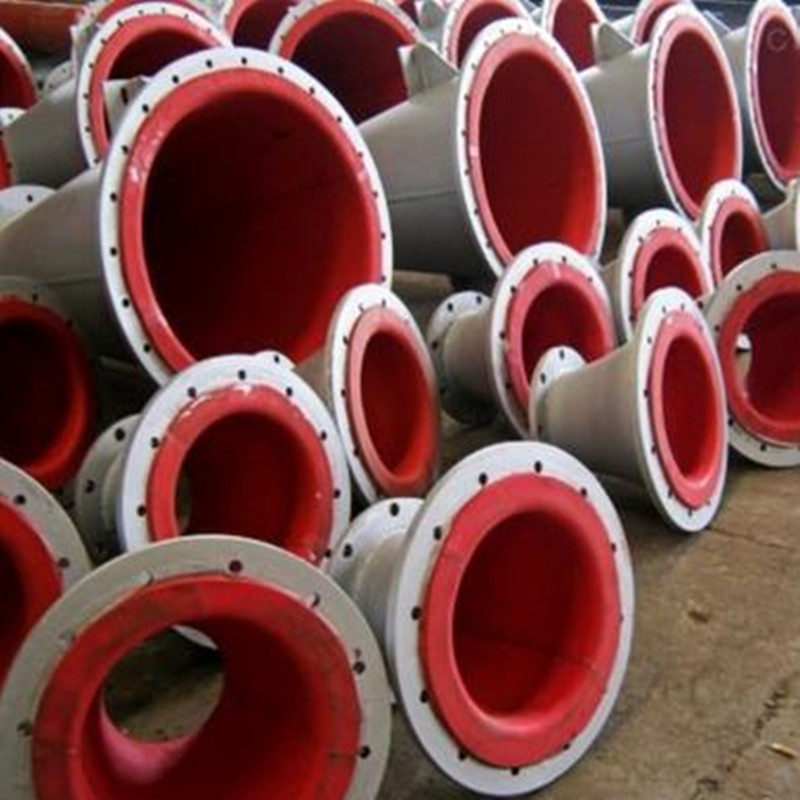What is the difference between PTFE lined pipe and rubber lined pipe?
What is the difference between PTFE lined pipe and rubber lined pipe?
Tetrafluoro is a polymer of tetrafluoroethylen, short for PTFE. Polytetrafluoroethylene (Poly tetra fluoroethylene, abbreviated as PTFE), is generally called “non-stick coating” or “easy to clean material”. This material is resistant to acids, alkalis, and various organic solvents, and is almost insoluble in all solvents. At the same time, PTFE has the characteristics of high temperature resistance, and its friction coefficient is extremely low, so it can be used for lubrication and become an ideal coating for easy cleaning of the inner layer of water pipes.
The tetrafluoroethylene lining uses fluorine’s corrosion resistance, high temperature resistance, strong acid and alkali resistance, excellent adhesion, long service life, and strong penetration resistance. The entire spraying of PTFE is a high-tech work, and its process What are the processes?
1. Special spraying process. Before spraying, the surface needs to be roughened by sandblasting and sprayed with a special primer.
2. The fluoroplastic powder is then charged by a high-voltage electrostatic device, and is uniformly adsorbed on the surface of the workpiece under the action of an electric field.
3. After high temperature baking, the clinker particles will melt into a dense protective layer firmly attached to the surface of the workpiece. For example, a 1mm thick coating film also needs to be sprayed and baked repeatedly 5-6 times, usually the thickest Can be sprayed to 2mm.
Lining tetrafluoroethylene is currently a widely used technology. It makes full use of fluorine’s corrosion resistance, high purity cleanliness, non-stickiness, non-wetting, self-lubricating, abrasion resistance, high and low temperature resistance, and insulation During the construction process, the voltage and current are constantly adjusted to the ideal state to achieve the coating effect.
Rubber lining, also known as rubber lining, English translation is rubber lining. It is to stick the processed whole rubber sheet on the metal surface with adhesive to separate the corrosive medium from the metal matrix for the purpose of protection. The rubber used for lining includes natural rubber and synthetic rubber. The rubber used for chemical equipment lining is mostly natural rubber. The main component of natural rubber is a cis-polymer of isoprene, which is vulcanized by vulcanization, and the vulcanized rubber has certain heat resistance and mechanical strength. It can be divided into soft rubber, semi-hard rubber and hard rubber. Hard rubber has good corrosion resistance, aging resistance and strong adhesion to metal; soft rubber has good cold resistance, heat resistance and impact resistance, and has a certain degree of flexibility; while semi-hard rubber is between between the two. Except for strong oxidants and certain solvents, hard rubber can withstand most of the corrosion of inorganic acids, organic acids, alkalis, salts, and alcohols. Therefore, hard rubber lining is used as the main non-metallic anti-corrosion material. Vulcanized rubber can be divided into pre-vulcanized rubber, atmospheric hot water vulcanized rubber and natural vulcanized rubber. Pre-vulcanized rubber should be used in larger pickling equipment.
The above is the difference between the two. Decho can supply you pipeline either with PTFE linning or rubber lining . If you need any for your project , pls feel free to contact us by email [email protected]






